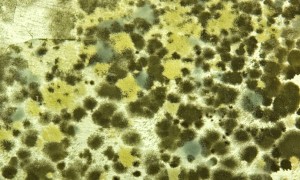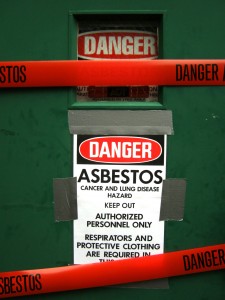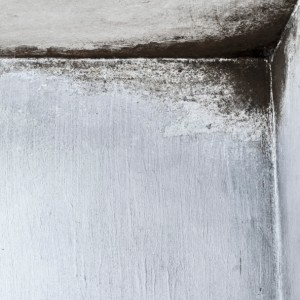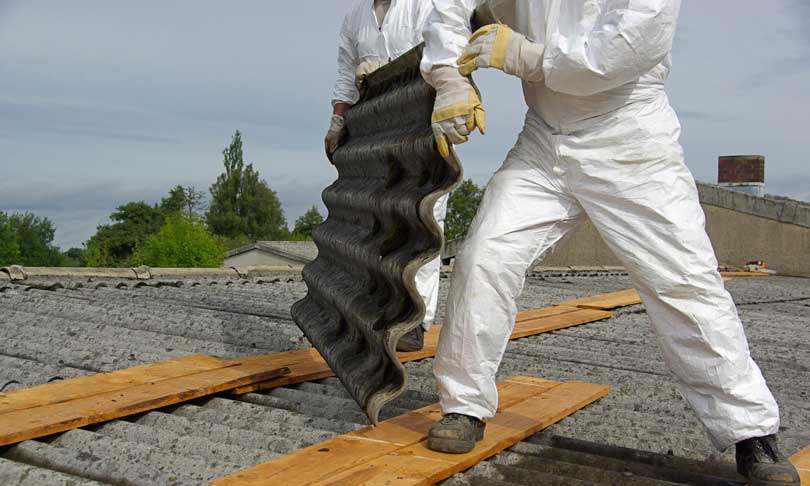7 Steps to a Mold-Free Property
AQHI Inc. can Help Remove Mold and Prevent it From Returning.

- Removing porous material: Once mold has become established in porous building materials such as ceiling tiles, drywall, carpet, etc., they typically need to be discarded rather than cleaned. Other belongings such as clothing and upholstered furniture may also need to be thrown out. It all depends on the extent of the mold growth. Our experienced technicians can help you differentiate between salvageable and non-salvageable items and provide the necessary cleaning or disposal services.
- Removing surface mold growth from non-porous surfaces: Mold may also grow on the surface of non-porous materials including metal, glass, vinyl floor coverings, intact wood studs, etc. At AQHI Inc. our mold remediation crews understand how to effectively clean these materials without damaging them.
- Washing surfaces with a biocide solution: Just because a surface looks clean following a mold cleanup doesn’t mean all vestiges of the mold are gone. We clean all surfaces…
READ MORE →
Why We Use HEPA Filtration for Remediation Projects
HEPA Filtration is The Best Way to Clean Work Areas Following Remediation.

What is HEPA Filtration?
HEPA stands for High-Efficiency Particulate Air, meaning that HEPA filters do an extremely good job of trapping even very small particles and preventing them from continuing to circulate in the air. In order to qualify as a HEPA filter, products must meet guidelines established by the government including successfully capturing 99.97 percent of particles measuring at least 0.3 microns in diameter. HEPA filters can also capture much smaller particles including those less than 0.1 microns wide.
How Do HEPA Filters Work?
An ordinary filter is a mat of fibers that works like a sieve, so that any particles larger than the gaps between the fibers will…
READ MORE →PCBs Still Pose a Threat in Many Older Schools
Two Main Concerns are Old Fluorescent Lights and Caulk.

PCBs in Fluorescent Light Ballasts
PCBs were phased out of fluorescent light ballasts in 1979, so only schools whose lighting systems have not been updated since then are at risk. While the risk of exposure does increase if the lights break or catch fire, these types of lights can also release PCBs during normal…
READ MORE →What You Need to Know About Asbestos

Effects on Health
Breathing asbestos fibers can have some serious effects on one’s health. Mild reactions generally include sinus, asthma, shortness of breath, scarring of the lungs, and other respiratory conditions. Prolonged exposure can lead to the development of Mesothelioma, lung cancer, and other serious and chronic health conditions. These health concerns can take anywhere from 15 to 60 years to manifest from the time of initial exposure. If you suspect that your property has asbestos, contact a remediation company right away.
Detection and Testing
Unlike many other forms of toxins and pests, testing is the only way to properly detect the presence…
READ MORE →Do You Have Mold in Your Home?

Smell
In many cases, the presence of mold is detectable by its moldy smell. Of course, the smell alone will not necessarily lead you to where it is, but it will alert you to its presence. If you happen to notice a musty smell in your home, contact a mold removal service to discover and get rid of the source.
Appearance
While mold is often found underneath carpeting, tiles, and behind walls, it may also be in plain view. Unlike pests, mold will not run and hide, it grows where there is moisture and warmth. It can be black, dark grey, green, brown, and even white in color. It may or may not have a stringy and spongy like appearance….
READ MORE →












